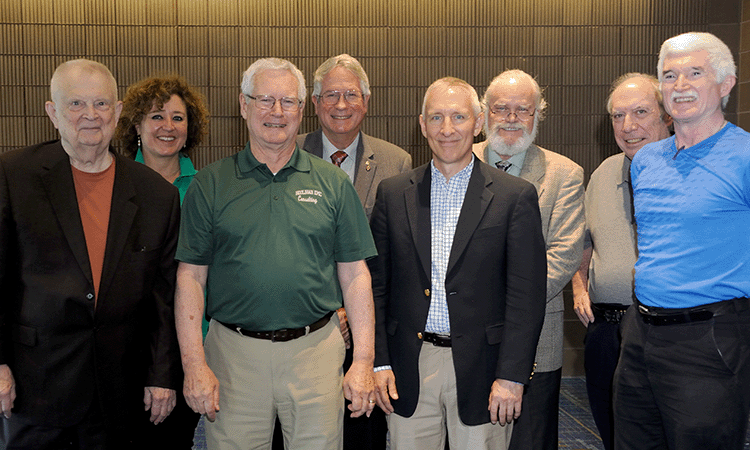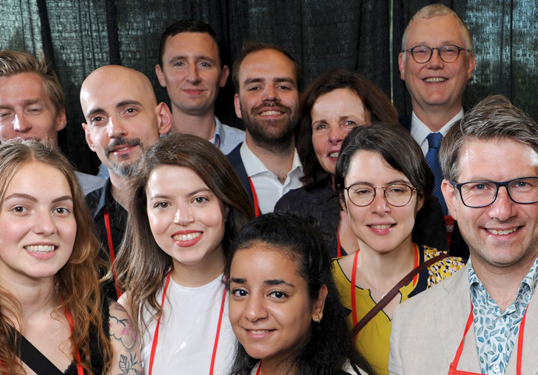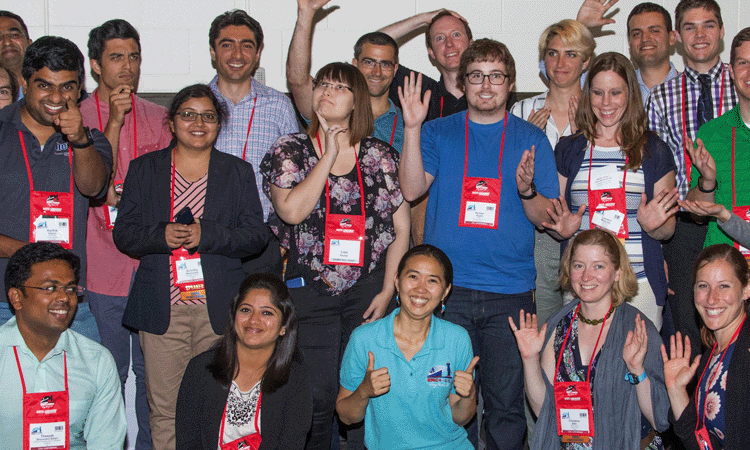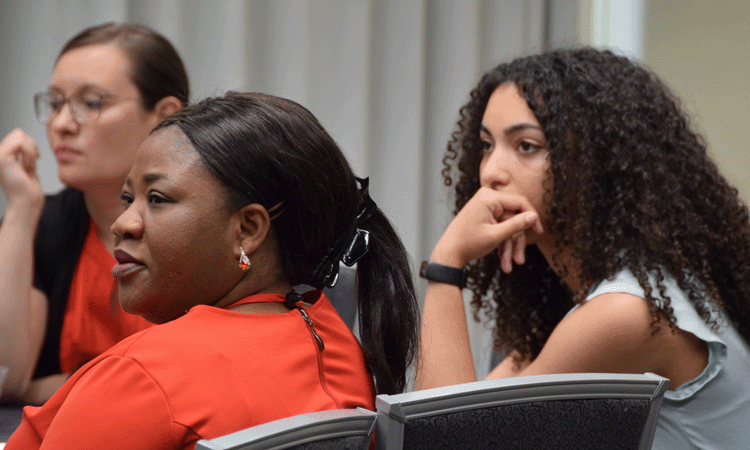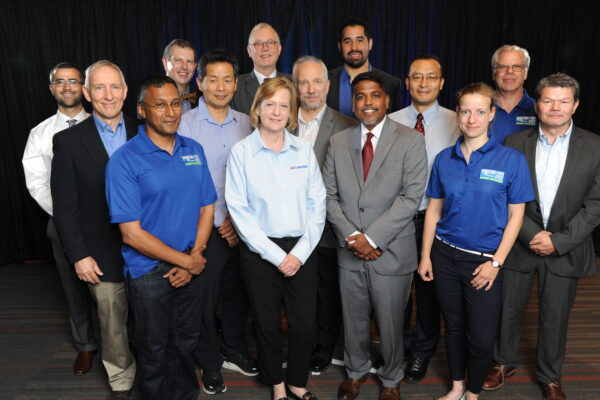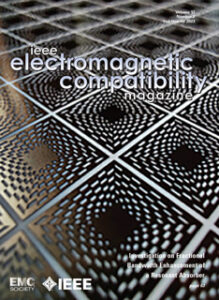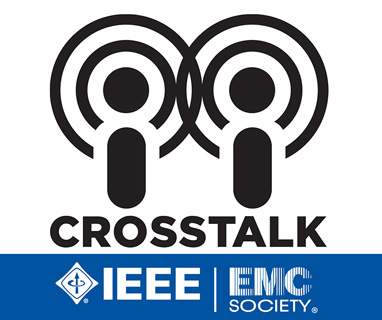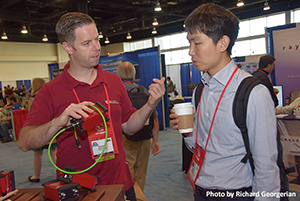
Distinguished Lecturer
Prof. Shiban Koul
Distinguished Lecturer
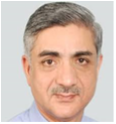
Prof. Shiban Koul
Term 2024-2025
Prof. Koul received his Bachelor of Engineering in electrical engineering in 1977 from REC Srinagar, Master of Technology in microwave engineering in 1979, as well as Doctor of Philosophy in the same field in 1983 from IIT Delhi. He is currently an Emeritus Professor with the IIT Delhi since 2019. From 2012 to 2016, he held the position of Deputy Director (Strategy & Planning) at IIT Delhi. In 2016, he was appointed Professor in charge of establishing IIT Jammu, and from 2018 to 2022, he served as Mentor Deputy Director (Strategy & Planning and International Affairs). Prof. Koul was also the Chairman of Astra Microwave Products Limited, Hyderabad, from 2009 to 2019, and the Dr. R. P. Shenoy Astra Microwave Chair Professor at IIT Delhi from 2014 to 2019. He served for a decade on the Governing Board of Electronics Sector Skills Council India. His research interests include RF MEMS, high frequency wireless communication, microwave engineering, microwave passive and active circuits, device modeling, millimeter and sub-millimeter wave integrated circuit design, body area networks, flexible and wearable electronics, medical applications of sub-terahertz waves, and reconfigurable microwave circuits including miniaturized antennas. He successfully completed 38 significant sponsored research projects, 52 consulting projects, and 61 technology development projects. He has authored 615 research papers, 23 state-of-the-art books, four book Chapters, and two electronic books. He holds 26 patents, six copyrights, and one trademark. He supervised over 30 PhD and 120 MTech theses.
Prof. Koul is the recipient of numerous awards including Indian National Science Academy (INSA) Young Scientist Award (1986); Top Invention Award (1991) of the National Research Development Council for his contributions to the indigenous development of ferrite phase shifter technology; VASVIK Award (1994) for the development of Ka-band components and phase shifters; Ram Lal Wadhwa Gold Medal (1995) from IETE; Academic Excellence Award (1998) from Indian Government for his pioneering contributions to phase control module development for Rajendra Radar; Shri Om Prakash Bhasin Award (2009) in the field of Electronics and Information Technology; VASVIK Award (2012) for the contributions made to the area of Information, Communication Technology; Teaching Excellence Award (2012) from IIT Delhi; an award for contributions made to the growth of smart materials technology (2012) by Institute of Smart Materials and Systems Bangalore; MN Saha Memorial Award (2013) from IETE, IEEE MTT Society (MTT-S) Distinguished Educator Award (2014) and Life Time Achievement Award from IETE (2023). His name has recently been included in the “Year 2021” category of Scopus Elsevier, recognizing him as one of the top 2% of scientists.
Prof. Koul is an IEEE Life Fellow, USA, an INAE Fellow, India, and an IETE Fellow, India. He is the Editor in Chief of the Journal of Research, IETE, India and an Associate Editor for the Cambridge, UK-based International Journal of Microwave and Wireless Technologies. From 2012 to 2014, he served as Distinguished Microwave Lecturer (DML) for IEEE MTT-S. Previously, he served as Speaker Bureau Lecturer for IEEE MTT-S. In addition to serving as an AdCom member of the IEEE MTT-S from 2010 to 2018, he is currently a member of the Society’s Awards, Nominations and Appointments and Education Committees. Prior to this, he served for over a decade as regional coordinator for IEEE Region 10. He is currently a Distinguished Microwave Instructor of IEEE MTT-S.
Talk 1: Transmission Lines for High Speed/High Frequency Integrated Circuits
Present day high speed/high frequency circuits fall within the realm of radio frequency integrated circuits. These circuits will generate strong EMI in the process of signal transmission. Furthermore, if these circuits operate in the same EM environment, they are prone to mutual interference. It is therefore important to study EMI effects and suggest effective suppression mechanisms. Transmission line is the backbone of any RF integrated circuit which use some sort of parallel or serial signals that are run at high speeds from a transmitter to a receiver. Proper selection of a transmission line will determine insertion loss, time delay, impedance levels, cross talk, and radiation from discontinuities. Some of the conventional transmission lines used in high-speed layouts are stripline, microstrip line, and embedded microstrip line. The talk will first present characteristics of these conventional transmission lines and then list their advantages and disadvantages. Next, characteristics of several newer transmission lines for application in high speed/high frequency integrated circuit development will be presented. These transmission lines include inverted microstrip, suspended microstrip, recessed ground microstrip, micromachined microstrip, coplanar waveguide, suspended substrate line, suspended integrated substrate line, MEMS coaxial line, and non-radiative dielectric integrated guide. Characteristics of each of these transmission lines in terms of loss, cross talk, and radiation will then be described. Furthermore, some of the commonly used shielding suppression methods will also be briefly presented. Finally, the talk will conclude by discussing practical RF circuit development of novel components using the newer transmission lines. The components include filters, mixers, and complete transceiver based on electromagnetic compatibility that minimizes mutual interference and ensures stability of signal transmission.
Talk 2: Materials and Their Characterization for EMI/EMC/SI Applications
Newer materials and their characterization over a wide frequency range is very useful in many applications in the EMI/EMC and SI areas. Materials that exhibit dielectric and magnetic properties can be used in practical applications in electronic devices and systems. In the field of EMC/EMI they can be used to develop both narrowband and broadband absorbers. In PCB’s and packages, they can be used as low loss dielectrics for high-speed signal transmission signaling. In this talk, different types of materials useful for EMI/EMC/SI applications will be presented. These include ferrite-based materials, inorganic materials, carbon-based materials, and polymer-based materials for electromagnetic shielding. Techniques to accurately characterize these materials will then be presented. Finally, characterization based on RF techniques will be described. The goal is to understand how the material behaves over a specified frequency range with reproducibility of the data for practical applications.
Talk 3: Medical Applications of MHz to Sub-THz Waves and EMI/EMC Challenges
The field of RF has undergone a paradigm shift in recent years. From being a technology that had its utilization mainly in Telecommunications and Radar applications, it is today the forefront technology for a myriad of biomedical applications. The market for biomedical applications is expanding and this in turn is constantly driving the demand for a plethora of RF products with smaller sizes, increased functionality, and integration.
The talk will cover some of the biomedical applications of RF, Microwave, Millimeter waves and sub-terahertz frequencies. Examples and use of body area networks, targeted drug delivery systems, painless diagnostic systems, vital body parameter monitoring, non-invasive blood glucose monitoring sensors, imaging to effectively detect breast cancer etc. will be presented. Use of millimeter waves for diagnostics and treatment of certain body parameter disorders will also be described. For different applications listed above, frequencies from lower end (MHz range) to higher end (GHz range) are used. Obviously depending on the circuit topologies, printed circuit techniques or waveguide-based circuits and sensors are employed. The talk will also discuss some of the EMI/EMC issues and techniques to suppress them. Finally, the scope for future research in this important area will be briefly presented.

